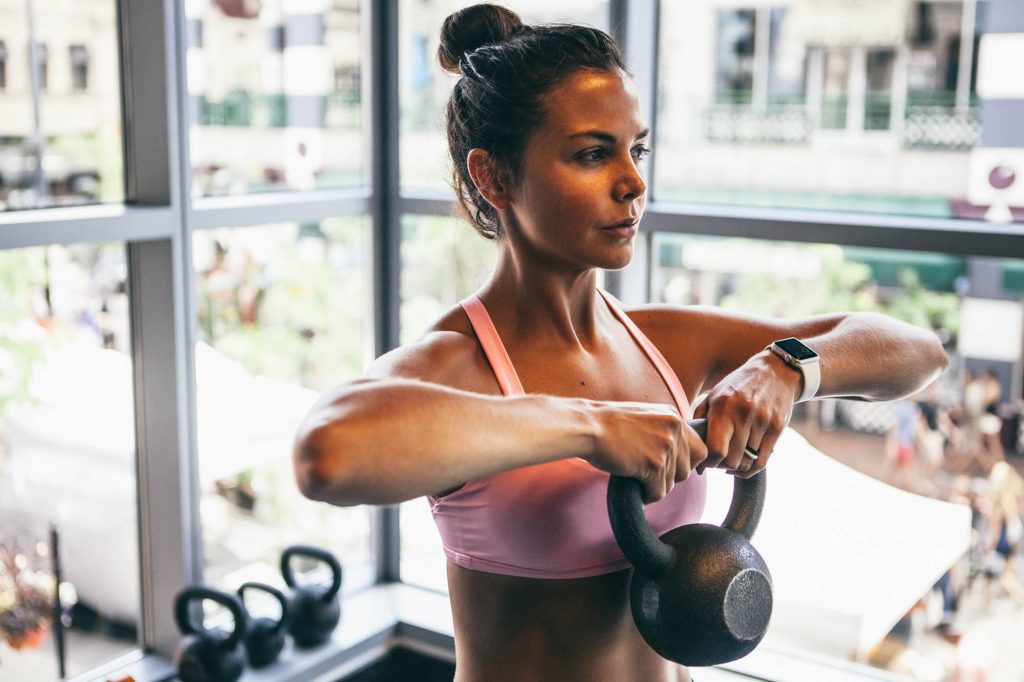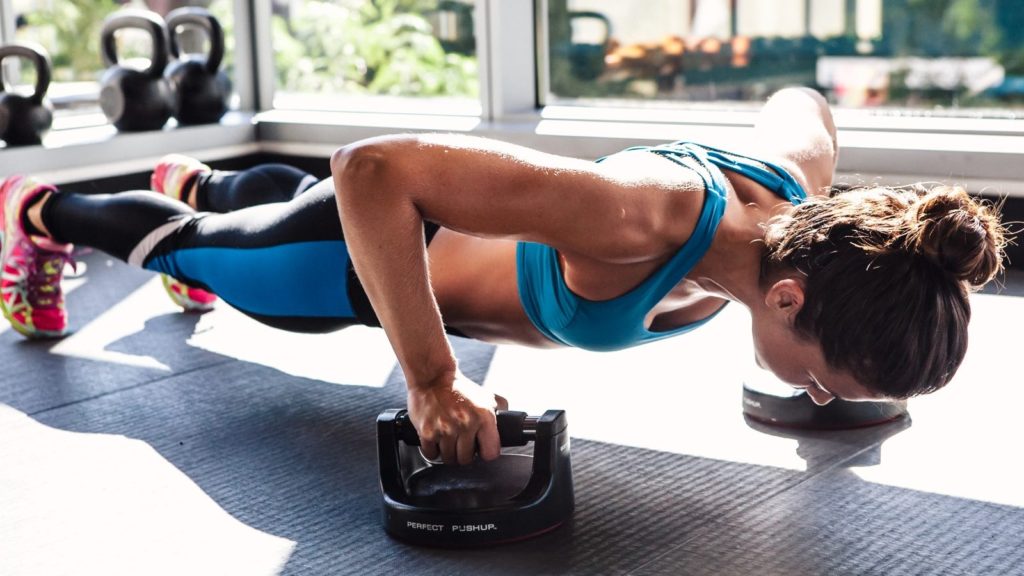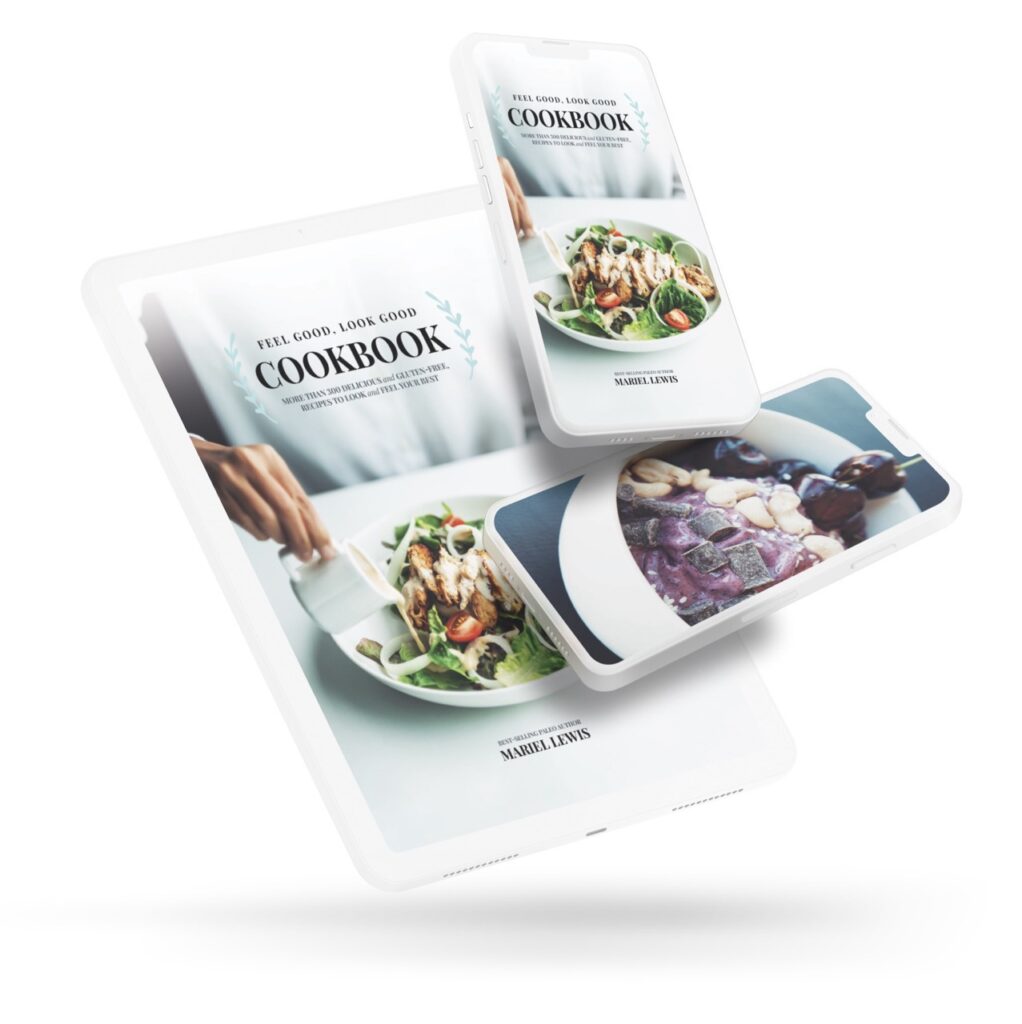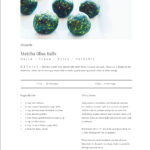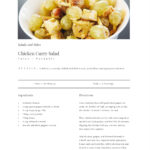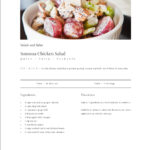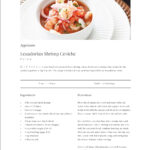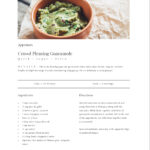Welcome to Week 1 Day 1 of our 4 Week Workout Program.
This is the very first day of our training routine, and I am stoked to be doing it with you.
This program will be best followed if we start our workout weeks on Mondays, so that we can workout Monday through Saturday, and then have a full rest day on Sundays. A great day to rest, wouldn’t you say?
Mondays are typically Chest and Triceps day at the gym; now, this is not a set rule or a anything, but it seems to be the case. Gyms tend to be 70% dominated by guys and guys absolutely love to hit chest. I swear it’s their favorite. Perhaps because that’s their strongest muscle and they like to feel tough? Who knows. But we’re going to avoid “national chest day” and avoid running into waiting forever to use chest equipment, and hit legs and biceps instead! Way better, right? Legs are our strongest, so watch out gym people. We’re going to be moving some serious weight with our legs.
Plus, we all want a nice round booty, right? Yup, that’s the goal! So here we go, follow the below and be prepared to be sore.
Today we’re going to be doing:
- Barbell Shoulder Press
- Standing Dumbbell Press
- Dumbbell Upright Row
- Barbell Squat
- Barbell Deadlift
- Dumbbell Walking Lunge
- Standing Calf Raises
- Seated Calf Raises
- Optional: Tabata (aka HIIT cardio)
Below you can find the number of sets and each exercise’s description.
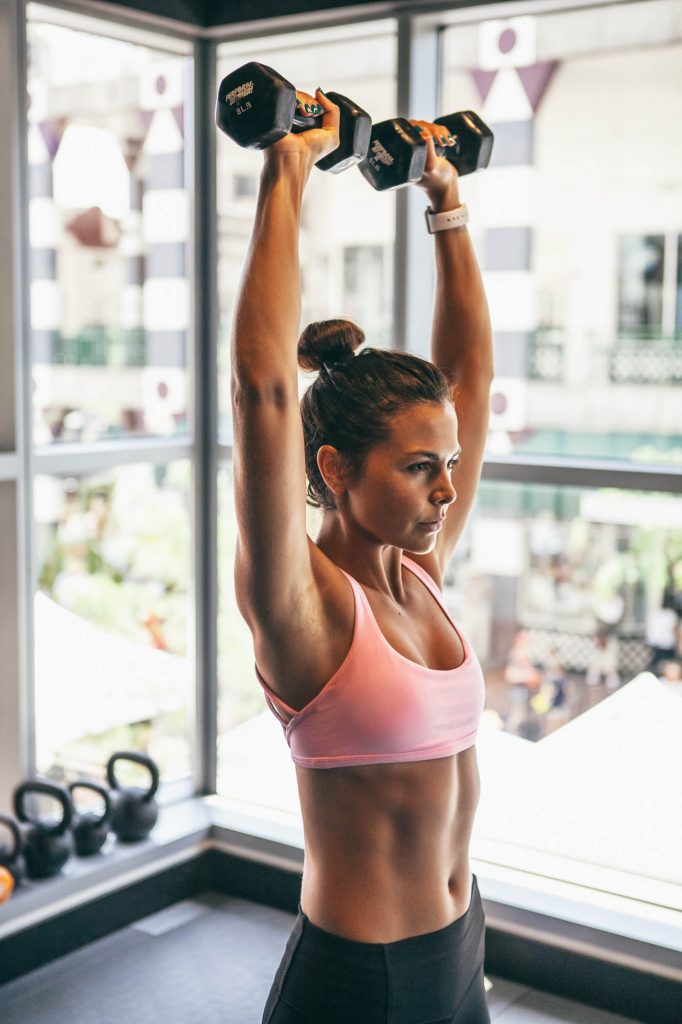
BARBELL SHOULDER PRESS
2 warm-up sets, 4 sets of 12 reps
30 seconds of active rest in between sets
- Sit on a bench with back support in a squat rack. Position a barbell at a height that is just above your head. Grab the barbell with a pronated grip (palms facing forward).
- Once you pick up the barbell with the correct grip width, lift the bar up over your head by locking your arms. Hold at about shoulder level and slightly in front of your head. This is your starting position.
- Lower the bar down to the shoulders slowly as you inhale.
- Lift the bar back up to the starting position as you exhale.
- Repeat for the recommended amount of repetitions.
STANDING DUMBBELL PRESS
3 sets of 12 reps
30 seconds of active rest in between sets
- Stand with a dumbbell in each hand. Raise the dumbbells to your shoulders with your palms facing forward and your elbows pointed out. This will be your starting position.
- Extend arms to press the dumbbells straight up. Do not lean or jerk the weight during the movement.
- After a brief pause, return weights to the starting position.
DUMBBELL UPRIGHT ROW
3 sets of 12 reps
30 seconds of active rest in between sets
- Grab two dumbbells and position them resting at the top of your thighs with your arms extended and a slight bend in your elbows. Your back should also be straight. This will be your starting position.
- Now exhale and use the sides of your shoulders to lift the dumbbells, raising your elbows up and to the side. Keep the dumbbells close to your body as you raise them. Continue to lift the dumbbells until they nearly touch your chin. Tip: Your elbows should drive the motion, and should always be higher than your forearms. Remember to keep your torso stationary and pause for a second at the top of the movement.
- Lower the dumbbells back down slowly to the starting position. Inhale as you perform this portion of the movement.
- Repeat for the recommended amount of repetitions.
BARBELL SQUAT
4 sets of 12 reps
30 seconds of active rest in between sets
- Begin with the barbell supported on top of the traps. The chest should be up and the head facing forward. Adopt a hip-width stance with the feet turned out as needed.
- Descend by flexing the knees, refraining from moving the hips back as much as possible. This requires that the knees travel forward. Ensure that they stay align with the feet. The goal is to keep the torso as upright as possible.
- Continue all the way down, keeping the weight on the front of the heel. At the moment the upper legs contact the lower legs reverse the motion, driving the weight upward.
BARBELL DEADLIFT
3 sets of 12 reps
30 seconds of active rest in between sets
- Approach the bar so that it is centered over your feet. Your feet should be about hip-width apart. Bend at the hip to grip the bar at shoulder-width allowing your shoulder blades to protract. Typically, you would use an alternating grip.
- With your feet and your grip set, take a big breath and then lower your hips and flex the knees until your shins contact the bar. Look forward with your head. Keep your chest up and your back arched, and begin driving through the heels to move the weight upward.
- After the bar passes the knees aggressively pull the bar back, pulling your shoulder blades together as you drive your hips forward into the bar.
- Lower the bar by bending at the hips and guiding it to the floor.
DUMBBELL WALKING LUNGE
3 sets of 12 reps
30 seconds of active rest in between sets
- Begin standing with your feet shoulder width apart and your hands down by your sides, each holding a dumbbell.
- Step forward with one leg, flexing the knees to drop your hips. Descend until your rear knee nearly touches the ground. Your posture should remain upright, and your front knee should stay above the front foot.
- Drive through the heel of your lead foot and extend both knees to raise yourself back up.
- Step forward with your rear foot, repeating the lunge on the opposite leg.
STANDING CALF RAISES
3 sets of 12 reps
30 seconds of active rest in between sets
- Adjust the padded lever of the calf raise machine to fit your height.
- Place your shoulders under the pads provided and position your toes facing forward (or using any of the two other positions described at the beginning of the chapter). The balls of your feet should be secured on top of the calf block with the heels extending off it. Push the lever up by extending your hips and knees until your torso is standing erect. The knees should be kept with a slight bend; never locked. Toes should be facing forward, outwards or inwards as described at the beginning of the chapter. This will be your starting position.
- Raise your heels as you breathe out by extending your ankles as high as possible and flexing your calf. Ensure that the knee is kept stationary at all times. There should be no bending at any time. Hold the contracted position by a second before you start to go back down.
- Go back slowly to the starting position as you breathe in by lowering your heels as you bend the ankles until calves are stretched.
- Repeat for the recommended amount of repetitions.
SEATED CALF RAISES
3 sets of 9-11 reps
30 seconds of active rest in between sets
- Sit on the machine and place your toes on the lower portion of the platform provided with the heels extending off. Choose the toe positioning of your choice (forward, in, or out) as per the beginning of this chapter.
- Place your lower thighs under the lever pad, which will need to be adjusted according to the height of your thighs. Now place your hands on top of the lever pad in order to prevent it from slipping forward.
- Lift the lever slightly by pushing your heels up and release the safety bar. This will be your starting position.
- Slowly lower your heels by bending at the ankles until the calves are fully stretched. Inhale as you perform this movement.
- Raise the heels by extending the ankles as high as possible as you contract the calves and breathe out. Hold the top contraction for a second.
- Repeat for the recommended amount of repetitions.
OPTIONAL (but recommended)
4 minutes of Tabata to finish it off strong.
IMPORTANT: You’ll notice that I recommend doing a quick 30 second active rest in between each of the sets. This is to keep your heart rate up at all times. I recommend switch up your active rest movements with every exercise you do, just to keep it from getting monotonous and to allow for different muscles to be worked. Some of my favorite active rest movements include: kettle bell swings, air squats, lunges, jumps and running in place. Get creative, but try to not use the muscle groups you are actually using on your lifting exercises, so that those are ready to go when the 30 seconds are up.
PIN ME
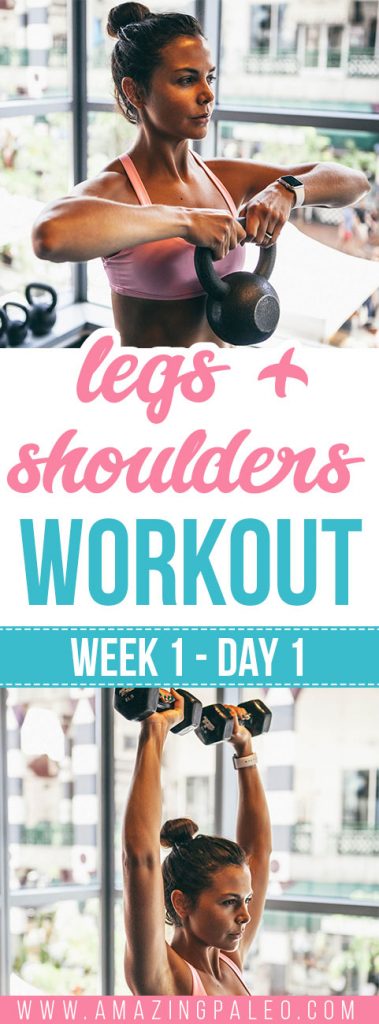
Other Workouts You’ll Love:
Disclaimer: I am a certified personal trainer, however, since I won’t be there with you physically to check on proper form and weight selection, do these workouts at your own risk. You should consult your physician or other health care professional before starting this or any other fitness program to determine if it is right for your needs.

